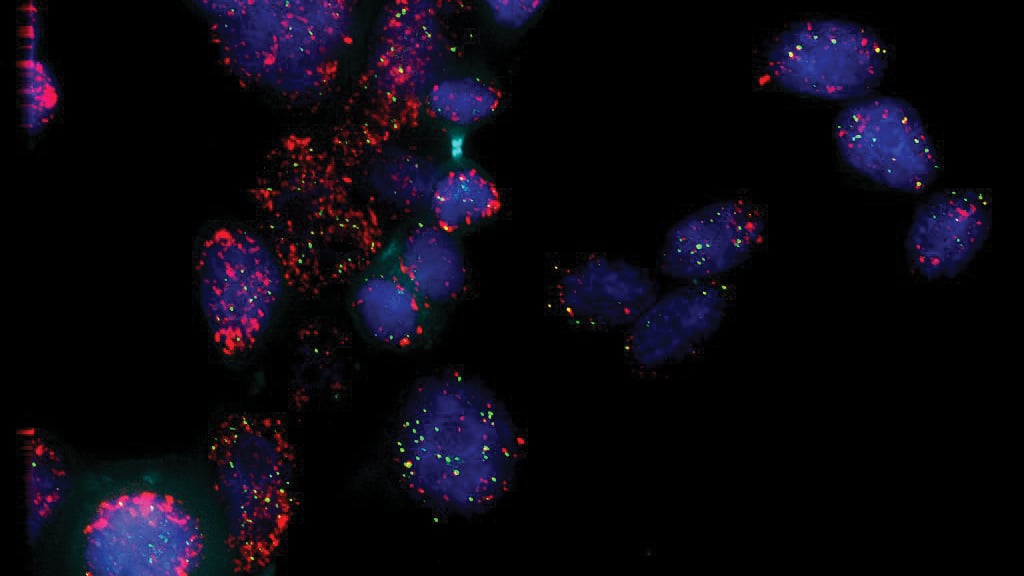Embargoed for release until 9:00 a.m. ET on Friday 19 April 2024
Embargoed Content from the Annals of Internal Medicine Breaking News Scientific Plenary at Internal Medicine 2024
Newer antibiotics underprescribed for highly resistant infections
Sluggish uptake threatens future development and supply of new antibiotics for patients
Abstract: https://www.acpjournals.org/doi/10.7326/M23-2309
Editorial: https://www.acpjournals.org/doi/10.7326/M24-0192
URL goes live when the embargo lifts
Researchers from the National Institutes of Health retrospectively studied data from a large administrative database to determine inpatient use patterns of recently approved gram-negative antibiotics, including ceftazidime–avibactam, ceftolozane–tazobactam, meropenem–vaborbactam, plazomicin, eravacycline, imipenem–relebactam–cilastatin, and cefiderocol. The researchers found that ceftolozane–tazobactam and ceftazidime–avibactam, the 2 first “next-generation” b-lactam/b-lactamase inhibitor antibiotics approved by the FDA, had the largest increase in use between 2016 and 2019. However, utilization of other next-generation antibiotics, including meropenem–vaborbactam, eravacycline, imipenem–cilastatin–relebactam, and cefiderocol was much lower, with no documented use of plazomicin (the manufacturer of which latter filed for bankruptcy).
Researchers also sought to identify factors associated with preferential use of newer antibiotics over traditional generic agents. Clinicians seemed to prefer newer agents to treat patients with difficult-to-treat bloodstream infections and those with a high comorbidity burden. At the hospital level, some important factors associated with new versus traditional agent use were identified. For example, a third of study hospitals never used new antibiotics and those tended to be small hospitals in rural areas or in urban areas with low prevalence of resistance. New antibiotics were also about 6 times more expensive than older agents, which could disincentivize prescribing given the way hospitals are reimbursed for care in the US. A lack of hospital access to a new agent did not seem to be a major factor for underutilization but hospitals that reported antibiotic susceptibility testing against new antibiotics tended to prescribe them more. According to the study authors, these findings underscore the need to prioritize unmet patient needs in future economic incentives for the failing antibiotic industry (such as the recent PASTEUR bill).
The authors of an accompanying editorial from Tufts University School of Medicine say that with antimicrobial resistance estimated to cause 1.2 million deaths globally per year, it’s important to ensure that new antibiotics are not only being developed but also effectively used. Getting an antibiotic to market takes 10 to 15 years and can cost up to a $1 billion. The editorialists commend the study authors for investigating what happens after antibiotics are approved. They suggest that continued efforts to raise awareness, innovation in pathogen-specific trials, regularly updated guidance, innovative patient-centered end points, and rapid susceptibility testing will be key to appropriate and optimal use of these new antibiotics.
Media contacts: For an embargoed PDF, please contact Angela Collom at [email protected]. To speak with the corresponding author, Sameer S. Kadri, MD, please contact Yvonne Hylton at [email protected].


